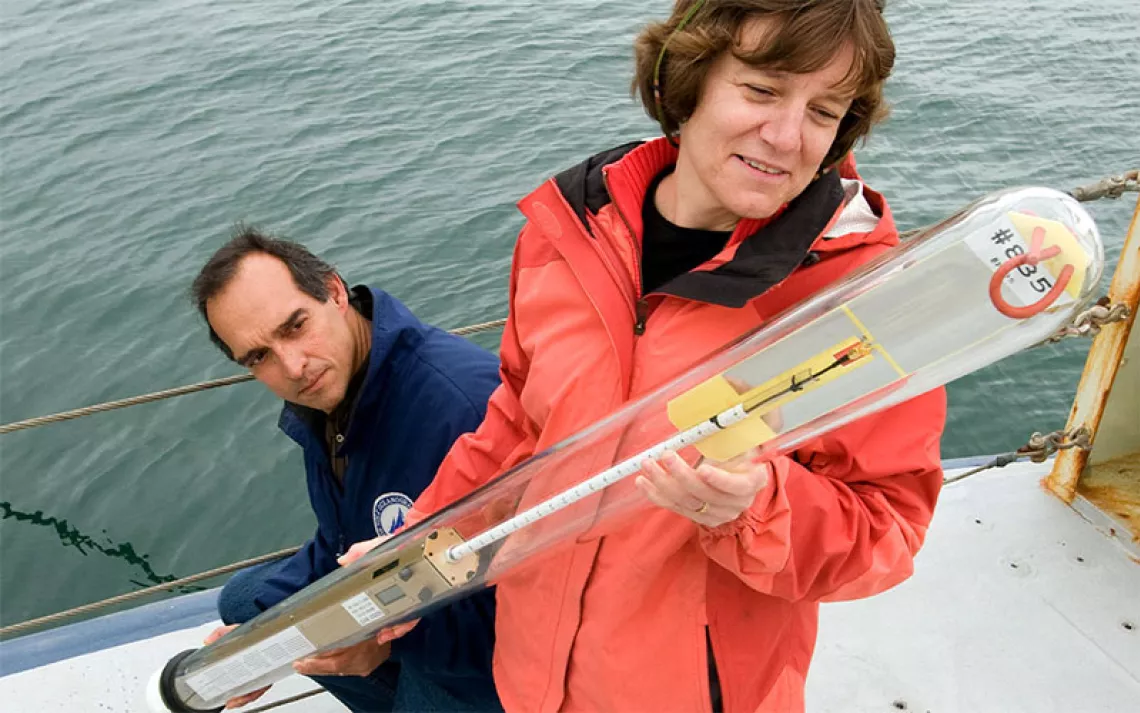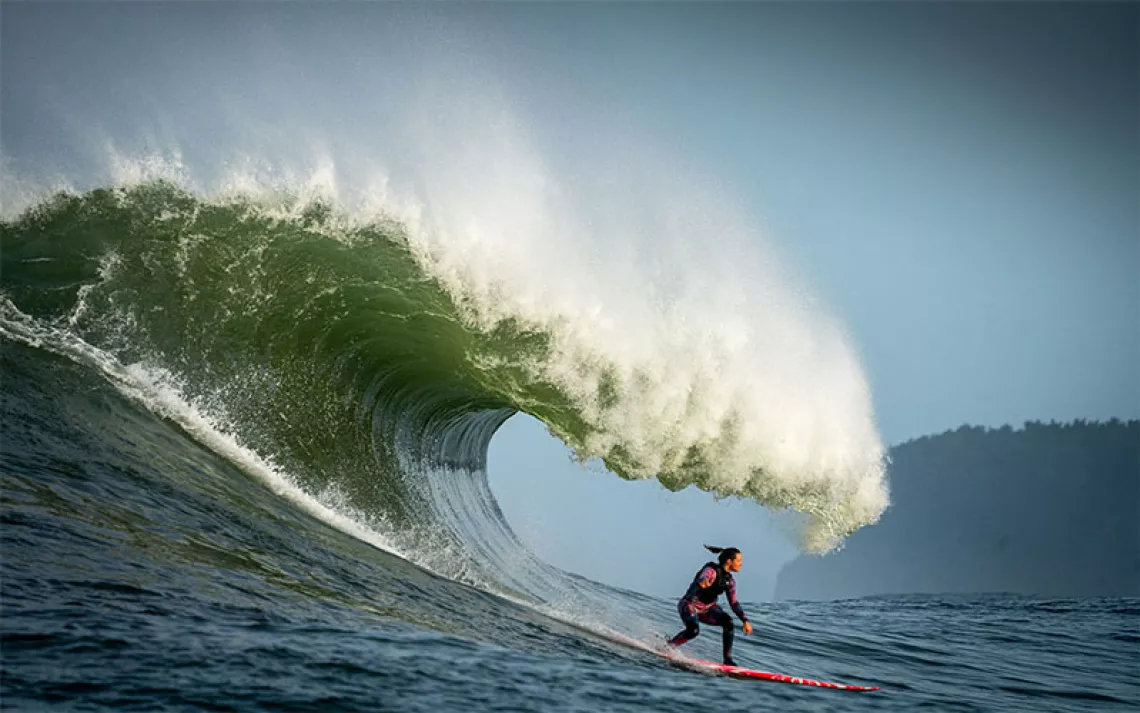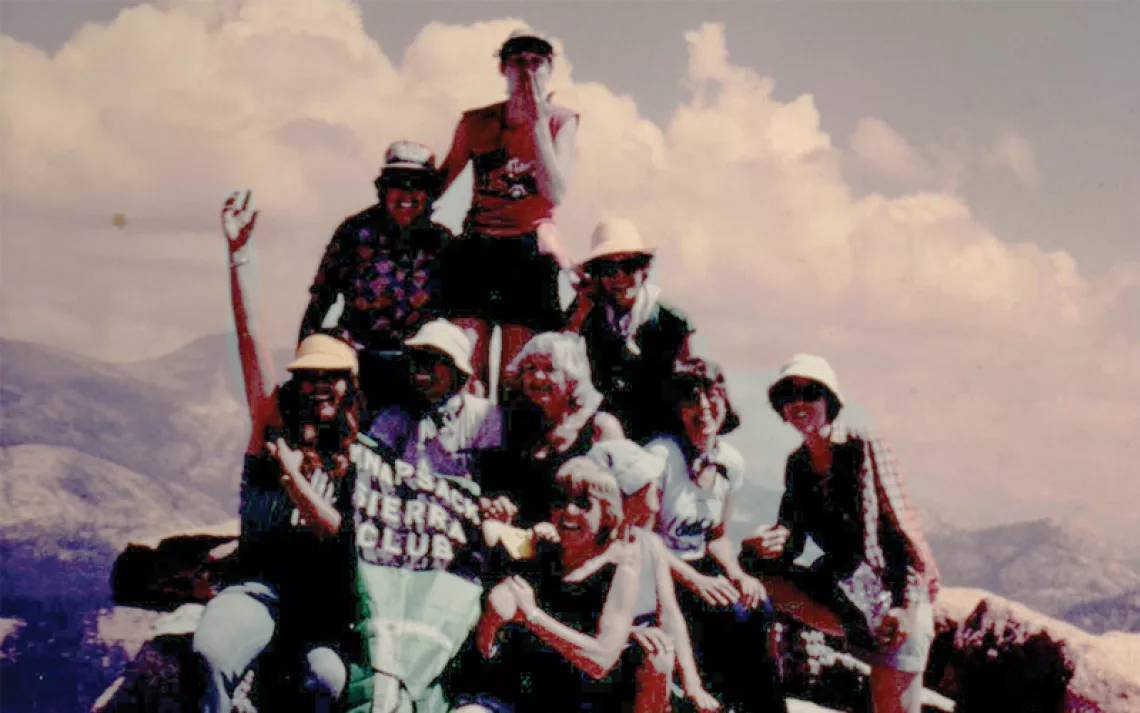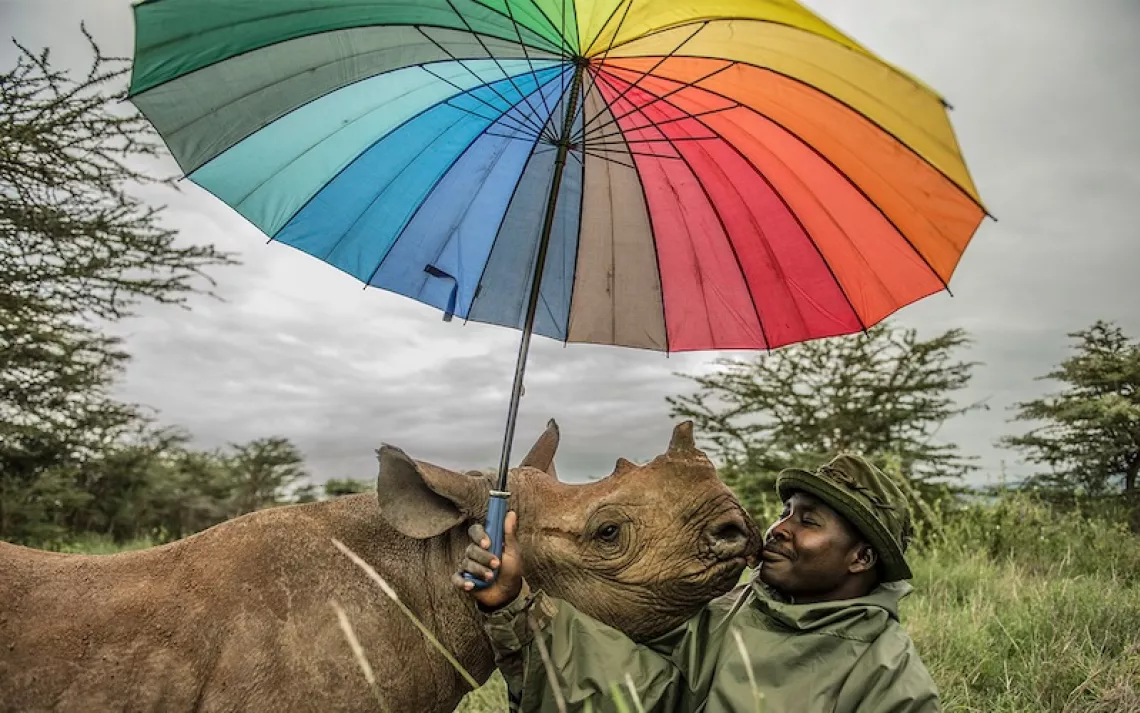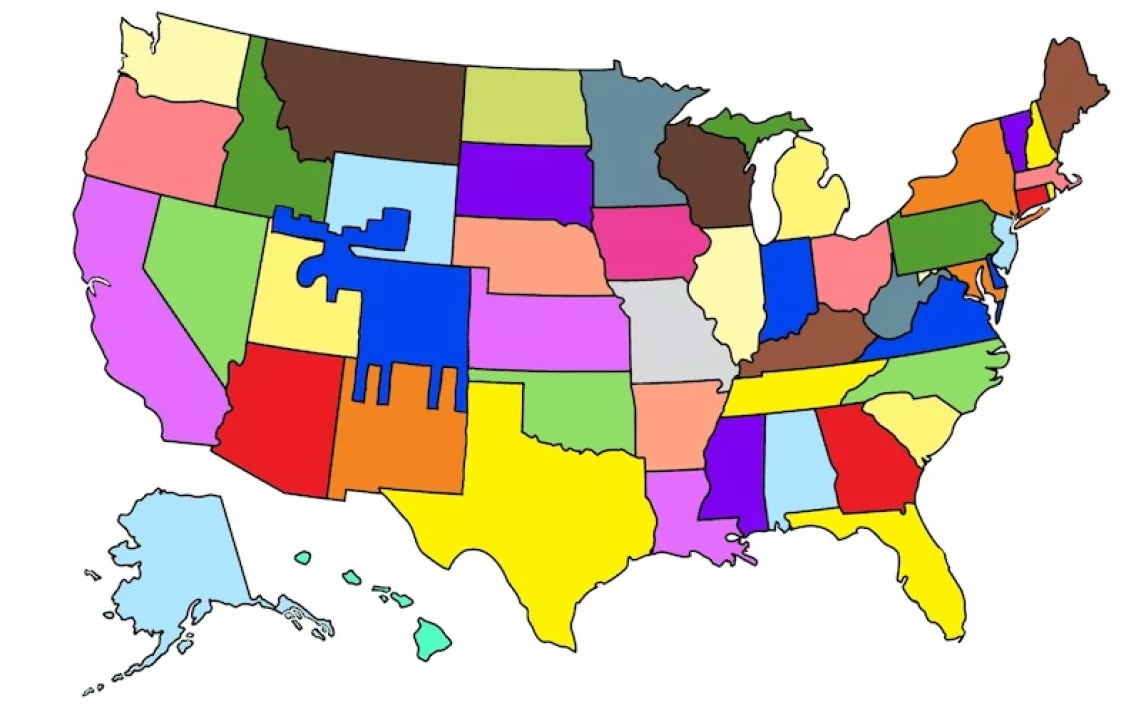Women’s Marches Nationwide Illustrate What Makes America Great
Millions of people take to the streets to resist the Trump agenda

Photo by Javier Sierra
Noelle and Melanie Shahin, a mother and daughter from San Jose, California, marched on Washington to defend the environment and immigrants, and in memory of their mother and grandmother, who was sent to a Japanese internment camp. "I look at the faces of my children—they are of Japanese and Iraqi descent,” Noelle said. “How can I not march?"
Michelle Trombetta, from Minneapolis, marched to honor a niece who is severely disabled. When she was younger, she wanted to be in politics but decided it would be too hard. Now, though, she plans to receive training with the organization She Should Run in order to make a bid for a city council seat.
Elizabeth Boyd came to the march from Houston, where she teaches at a high school with low-income and minority students. Her sister, Meredith Starks, came from Shreveport-Bossier, Louisiana, where she started a local Pantsuit Nation Facebook page just after the election. Within days, 800 people had joined. Boyd said, “I think Trump’s election has spurred a lot of people who were on the edge of the progressive movement into political activism.”
Noelle and Melanie Shahin, a mother and daughter from San Jose, California | Photo by Sam Murphy.
Those five women were among the estimated half a million people who converged on the nation’s capital on Saturday to protest the inauguration of Donald Trump, marking the largest demonstration against a new presidency in U.S. history. The Women’s March dwarfed the crowds that had turned out to celebrate the inauguration the day before. The marching was slated to begin at 1 P.M., but demonstrators had already filled the designated route long before then. By mid-afternoon, there were so many people marching that the plan to culminate at the White House was called off by city officials out of safety concerns, and organizers at the rally were asking people to remain where they were.
In addition to the massive showing in Washington, D.C., hundreds of other sister marches took place across the United States. In Los Angeles, at least 500,000 people (some estimates go as high as three-quarters of a million) gathered in Pershing Square, downtown. In Chicago, as in the capital, the march was suspended as a quarter of a million people paralyzed transportation networks and streets within the Loop. At least 100,000 turned out for the Women’s March in Boston, and both Denver and Seattle saw crowds well in excess of 100,000. There were also big marches in Raleigh, North Carolina; St. Louis, Missouri; Austin, Texas; Oakland, California; and Phoenix, Arizona, among other places.
Altogether, the huge outpouring of millions of people into the streets across the United States sent a clear message to the new president: that attempts to roll back reproductive rights, civil rights, or environmental protections will be met with massive resistance.
One of the signature features of the Saturday protests in D.C. and elsewhere was the sight of a broad array of progressive issues coming together under the banner of women’s rights. At the rally on the National Mall, speakers including filmmaker Michael Moore, actress America Ferrera, and NRDC president Rhea Suh emphasized that today is just the beginning of what needs to be a sustained collective effort to counter the Trump administration’s destructive agenda and to advance economic, social, and environmental justice. As feminist icon Gloria Steinem put it in a speech to protesters, “This is the upside of the downside.”
The crowd seemed to get the message. The mood in the street was at once defiant and festive, with marchers energized by the spirit of solidarity and the common cause of resisting the retrograde Trump agenda. Marchers’ signs ranged from the whimsical (“CEO of My Lady Business”) to the more serious (“Our Rights. Our Planet. Our Future.”) to the assertive (“I don’t want to fight, but I won’t apologize for doing what’s right.”). Hundreds of people carried signs reading, “I’m With Her,” with arrows radiating outward in all directions. Many marchers were motivated by fears of Trump’s anti-environmental agenda. “Love America? Save the EPA!” read one sign.

Photo by Javier Sierra.
Large numbers of people at the demonstration in D.C. said it was their first time attending a political protest. Theresa, a 50-year-old African American woman from Oakland, had never marched in a protest before. “This was not convenient,” she said. “I have a meeting on Monday morning in Las Vegas. But the Monday morning quarterback doesn’t win the game on Sunday. You have to play in the game. No matter what the outcome is, at least you know you contributed.”
Marcher Stephanie Funai from Fredericksburg, Virginia, said she grew up in a military family—both her parents were officers in the air force—and that she used to identify as conservative. “Everything about me was conservative: the clothes I wore, the car I drove, the friends I hung out with. It was comfortable,” Funai said. “I think that in the last few years, it has become uncomfortable for me. It just doesn’t fit anymore. It doesn’t make sense anymore to me at all.” When the Women's March was announced, she knew she'd be joining. "I am marching today for myself, my family, my friends who are immigrants, for climate change."
March organizers are optimistic that they will be able to sustain the enthusiasm of those who turned out on Saturday in the weeks and months to come, as President Trump and the GOP Congress attempt to roll back the accomplishments of Barack Obama’s administration. “The march has already done its biggest job, which is to be an illustration of the power of people,” Kierra Johnson, executive director of Unite for Reproductive and Gender Equity, told Sierra. “I am hopeful that this isn’t the punctuation on people’s activism but a catalyst. This march is about challenging ourselves. It’s about figuring out what our role is and committing to being an agent of change in a bigger way than we ever have been before.”
 The Magazine of The Sierra Club
The Magazine of The Sierra Club
